 Title: The Last of Us
Title: The Last of Us
Genre: Zombie / Survival / 3rd person shooter
Played: June 15-25, 2013
Summary: Masterpiece (even if I weren’t biased)
With The Last of Us, the trajectory Naughty Dog has been pursuing for over a decade reaches for and achieves new heights. This synergy of world building, gameplay integration, emersion, and story telling really began with Jak & Daxter. True, with Crash Bandicoot, we made inroads in all but the last (anyone remember the “Crash, can you find my battery?” plot of Crash 2?). Crash focused on integrating addictive gameplay with a consistent, coherent, and lavishly produced setting (I’ll include character in this setting), but it didn’t have any true story or drama.
The Jak franchise introduced a more elaborate narrative and characters with more complexity, particularly in Jak 2 where we started integrating the cinematic segments in a more interwoven fashion. The Uncharted franchise took this to new levels, essentially becoming Indiana Jones type movies that you played, but TLOU climbs yet another step further, delivering characters you care about , true drama, and intense cinematic language while preserving a completely coherent style and intense gameplay. Everything about the game serves to reinforce the overall tone: the pathos of two people trying to heal in the face of great horror.
[youtube http://www.youtube.com/watch?v=OQpdSVF_k_w]The art design is fabulous. Again, even though the Art Director (Erick Pangilinan) is one of my best friends (obviously biasing me) this is objectively true. It’s certainly one of the best looking games to date. There is a deliberate choice to heavily light — stylistically overlight — the entire game. While there exist some dark underground parts, for the most part, the lighting is luminous. Intense white light (think Minority Report) starkly bathes this ruined vision of America. No gloriously decayed texture is left hidden. Closeups of characters show every stain and frayed thread in clothes worn for months (perhaps years?). This is a world of contrast. Lush greenery has reclaimed much of the urban landscape, yet crumbled concrete, rusted steel, and burned out cars litter the scenery. As do sordid blood stains and desiccated corpses. There is a sense here of great violence, and desperation, much of it in the past. Little details abound. Shrines to dead loved ones. A tiny grave marked with a teddy bear. Family photos. Rarely does it look cloned or stamped (although that door with the weird seal is everywhere) . Nor, despite a strong and coherent visual style, is it repetitive. As we move from the Northeast to the Heartland to the Mountains the scenery — and even the seasons — keep changing. Weather is used to great effect. The rain in early Boston sequences is stunning, as is the chilling lakeside blizzard late in the game’s second act.
The minimalist string music compounds the game’s haunting atmosphere. While the game is full of detail, it’s in the broad sense, fairly stark — as the bulk of the scenery is ruined and deserted. This lends the whole world a quality of emptiness reinforced by the matching sonic starkness. The sound effects are harsh and solidly naturalistic, emphasizing both the natural (bird noises) and the discordant tone of decayed materials (like rusted garage doors opening). To this background soundscape is added the grim punctuation of the combat sounds. Every grunt, sneaker squeak, bolt action, and gurgling last breath is vividly apparent.
There is a minimalism to the interface that fits with the overall tone. The title screen is a single frozen camera shot of a window. The menus are barely styled and contain only exactly what they need. The art is simple and iconic. Not only does this work from a stylistic point of view, enhancing the serious tone of the game, but the controls are direct and to the point, easy to use, preventing you from getting distracted by mechanics. With TLOU, it’s the story and characters that matter, not the mechanics of saving a game. Many elements traditional in modern titles are toned down or absent. Achievements? Not part of this world. Secret collectables? The game has them — in the form of Firefly pendants — but they are understated mementos of the dead, not the bombastic collectables typical of the genre.
Technically the engine steps out of the limelight and just delivers — and delivers in spades. Bugs are minor and few and far between. I never crashed or got stuck. There are some frame rate problems in the biggest and widest of shots (and they do look gorgeous) or sometimes with the flashlight or “hearing mode,” but this never hurts the gameplay. I noticed a couple extremely minor graphical glitches. Mostly stuff just works, often combining multiple disciplines in classic Naughty Dog brilliance. The animation, particularly in interaction with the backgrounds and other characters, is a triumph of both art and programming. It’s perhaps the slickest, most lifelike, ever used in a game. The AI is first rate. The environments feel wide open and vast, and they have a certain non linearity, yet because of the nature of the game you must be contained, and it’s done very artfully. Rubble fills stairwells, broken down vehicles block alleys, collapsed bridges deter overzealous exploration. So much of what makes this game look so great is the amazing synergy between art and tech. The rain, the water, the snow, the glowing light effects, the realistic shadowing and flashlight. It’s all solidly in both realms.
Different elements of the gameplay work well together. The game’s phenomenal pacing is made up of story cuts, intense combat, sneaking, and scavenging. This last, which is surprisingly satisfying, is sometimes done in the heat of battle — or at least when hiding from deadly foes and desperately looking to bolster ones supplies — and sometimes an end all onto itself. These quieter moments, after a brace of nasties are defeated, or in an abandoned section of city, are welcome relief. The game rarely has enemies sneak up on you once a section has been identified as safe, so these provide a nice break in the tension. The crafting itself is simple. There are a 4-5 resources and similar construction costs for pairs of items. Healthpacks and molotov cocktails share resources, as do shivs and weapon enhancements. Everything is in short supply and desperately useful. Pills can be used to upgrade your character, but you must chose in which manner. Spare parts upgrade guns and the like. The weapons are nicely differentiated, each with it’s own strengths and weaknesses, and they get noticeably better when upgraded. The shortage of ammo always prevents any weapon from being overpowering. Even the assault riffle, gained in the last level, isn’t too fearsome against your body armored opponents.
Let’s discuss the gameplay. Technically TLOU is a 3rd person shooter, but it makes a number of stylistic alterations in service of mood that completely alter the feel. This isn’t your typical shooter where ammunition is plentiful, the character sponges up bullets, and healing is easy. You can only survive a handful of hits. The arrival of more than 2-3 mobs in close proximity is a near certain recipe for death. The healthpacks (potions) take some time to apply and are in short supply. Joel and Ellie do a lot of creeping around in the shadows. The key here is to avoid agroing too many mobs, and when you do, to lose them by getting out of the way. A number of mechanics serve this end.
There are a lot of shadows. Counters and obstacles are conveniently crouching height (this rarely looks forced). You can creep around fairly rapidly. Humans can see and often probe the darkness with flashlights. The infected are generally blind (or crazy) and so are easier to sneak up on — but clickers and bloaters are tough and can kill you in one bite. Joel (and Ellie) have quite the sense of hearing and can “hear” through nearby walls to spot the outlines of enemies. This is a little gamey, and the mobs apparently can’t do it, but in practice works quite well. One of the most effective strategies, particularly with the infected, is to stay in stealth at all costs. There are a couple of ways to kill silently (more or less). Humans and runners can be strangled or knifed (which wears out your blades but is quicker). The bow can be used to silently kill most opponents at a distance and if you’re lucky, you won’t break your arrows. Overall it is deeply fulfilling to wipe out a whole crew without them ever seeing you. This often requires replaying the section several times to learn the layout and careful looting of every possible supply.
Speaking of which, the looting, scavenging, and crafting mechanic is awesome. Everything is so scarce, ammo so valuable, and everything you craft so useful that a few items easily make the difference between life and death. It’s also extremely satisfying to evade some opponents, sneak around, craft an extra shiv or health pack and then kill them. You can augment the melee weapons to make them kill faster (very useful as while melee is satisfying, should a second or third mob show up while you are pummeling someone, it’s bad news). You can build shivs (essential for fast silent kills, surviving clickers, opening secret doors) or healthpacks or a number of bombs. The bombs come in three types. Molotovs, nailbombs, and smokebombs. Each have their use. The fire is great against infected. The nailbombs can be thrown OR left around as mines. I didn’t appreciate the smokebombs until near the end of the game, but they create a kind of dead zone that the human mobs won’t fire into and which can be used to kill them. Used sequentially and in tandem with the flame thrower they make a lethal combination.
I have a few quibbles. The aiming can be difficult at times, particularly until you upgrade “weapon shake.” It’s few hard to land a head shot (or even sometimes a shot) before someone shoots you. When opponents are behind you or off to the side it can be frustrating to try to turn and strike them. There is some kind of quick turn around move. I didn’t master it (but should have). Some sections with lots of enemies are quite hard. There appears to be at least a bit of DDA (Dynamic Difficulty Adjustment) to help you get by if you die a lot in one spot. Actually fighting bloaters and particularly bloaters together with clickers can be VERY hard.
I’m betting TLOU required A LOT of tuning to reach its current fun factor, as it would be easy for gameplay involving so much hiding, creeping, and dying to be boring — but the elements combine to make it really fun. After the first chapter I learned to become methodical and search every corner for loot. Instead of being tedious, this served as a break from the tension and turned out to be incredibly satisfying. The melee is extremely graphic with a good amount of variety. It’s quite creepy hearing a guard gurgle as you strangle him or slamming an infected in the neck with a baseball bat “augmented” with taped on scissors. Everything serves the horrifying mood.
And mood is one of the game’s greatest strengths. TLOU draws from nearly every post apocalyptic source and builds trope after trope into a satisfying, coherent, and perhaps more realistic whole. It’s prettier and less hopeless than The Road — and considerably more believable. No film could ever offer this scope. The sets (or CGI) would be far too expensive, the cast too enormous. Yet TLOU also strives to compete with film in terms of emotional engagement and character development. I’d argue it succeeds.
The longer form (it took me 18 hours to play through on normal difficulty) helps with the character part. I’m becoming of the increasing opinion that film is actually an unsatisfying format — offering far too little depth, particularly in this day and age when the 2-3 hours are mostly consumed by overlong effects driven fights. Some of TLOU’s vignettes should come off as forced, as they are drawn directly from tropes and fairly straightforward. One that comes to mind is when the hunter humvee murders two innocents while a hiding Joel and Ellie watch. However, in the context of the game and characters it was surprisingly effective. TLOU is a clear case where the whole transcends the sum of the parts. And hell, a lot of the parts are pretty damn good.
Neil Druckmann (who I hired as a promising intern programmer a whole career ago) turns out an emotional script. Again, it draws extremely heavily from tropes. Everything any post apocalyptic survival story has ever had is here: hunters, cannibals, resistance leaders, a cure, friends who turn (into zombies), reversals, quarantine zones, etc. But in moments little and big the relationship between Joel and Ellie builds — so much so that the little downtime conversations are real gems. By the time the Pittsburg chapter concludes, Ellie becomes in your head someone really worth fighting for — and the remainder of the game — wow, it really delivers. I often feel (reading or watching) that the second half lets me down. Good as the first half of TLOU is, the second is several times better.
Really notable for me was the entire “winter” sequence. Coming out of a really emotional turn in Colorado TLOU employs cinematic language and plotting in a highly effective way. So much do we care for the characters, and so pretty is the game, that it manages to make 10 minutes of trudging through the snow exhilarating! And that’s only the beginning. I really liked the way the game cut back and forth between playable Joel and Ellie as it told the story from both perspectives. Although, I have a slight nitpick with the “arc” of the section villain, who starts out with some complexity and sympathy and turns monster without too much explanation. But such is the momentum of this story that it sails right over speed-bumps like this.
So basically, if you care about video games at all, play The Last of Us.
For more game articles, click here.
| If you liked this post, follow me at:
My novels: The Darkening Dream and Untimed |

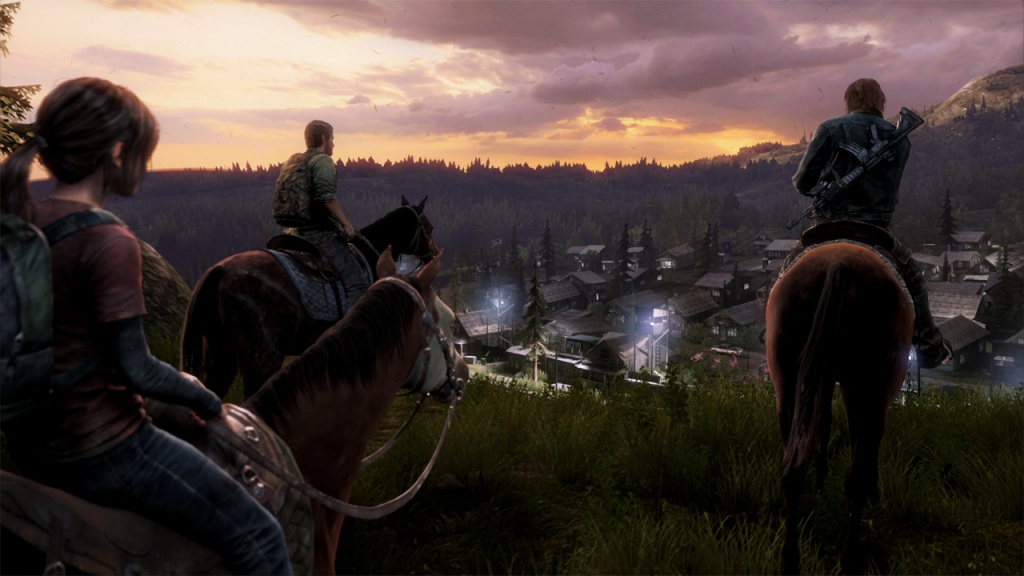

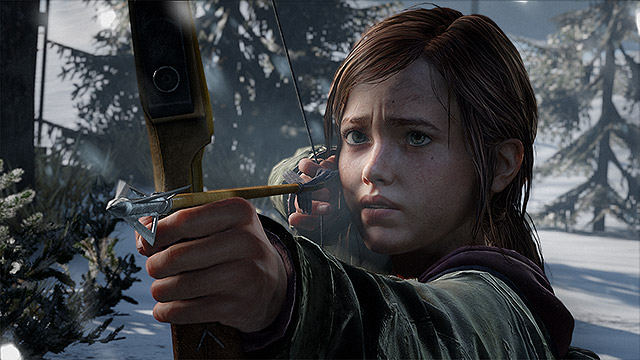


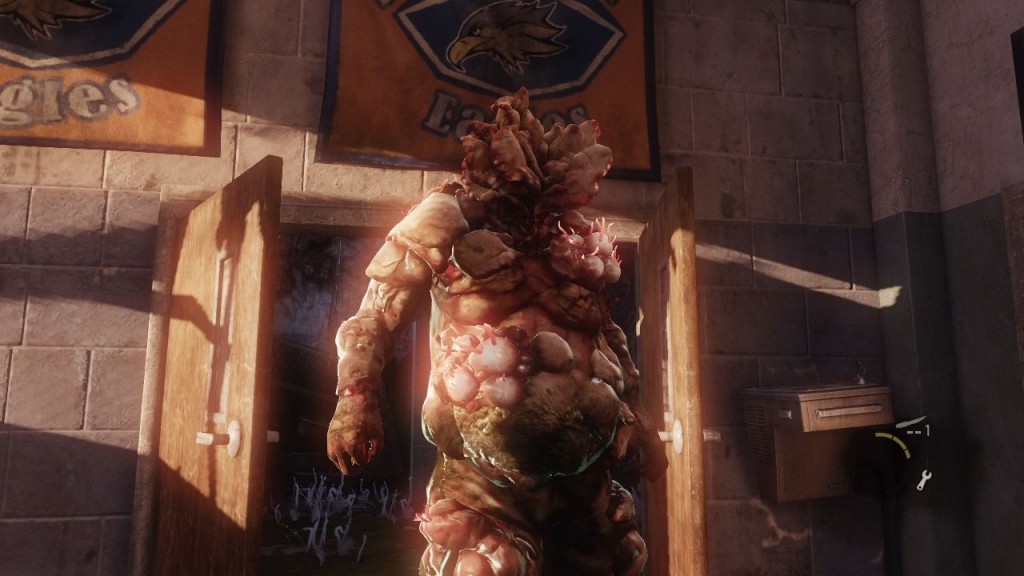
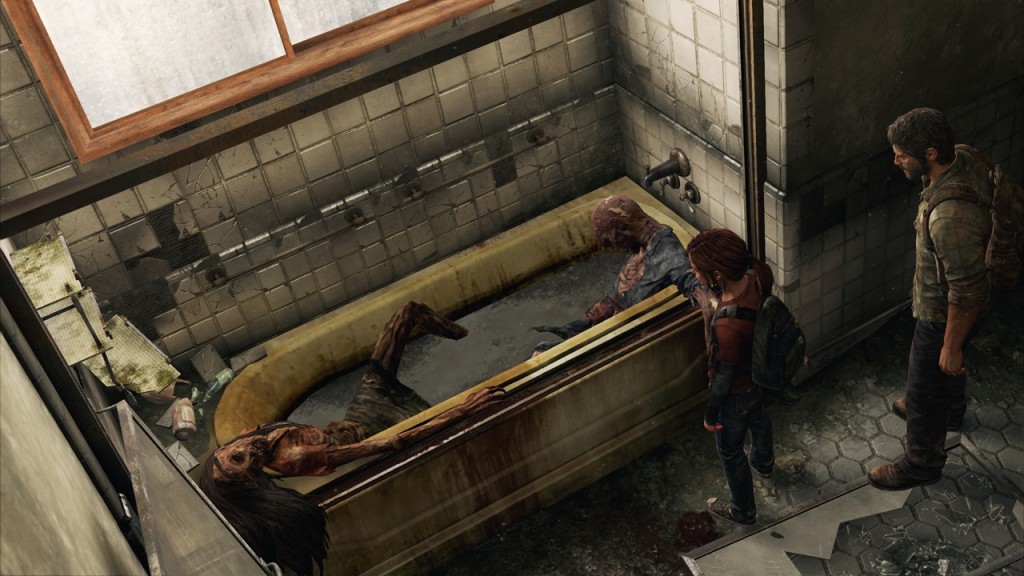
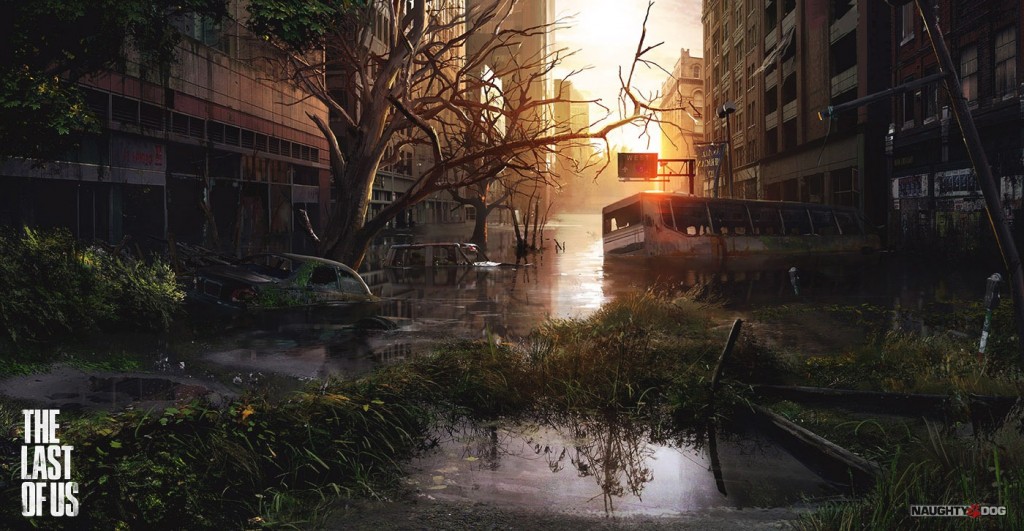

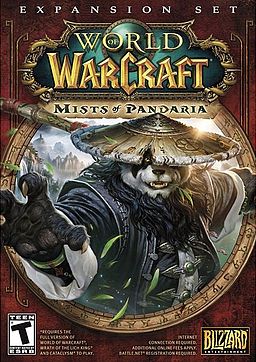
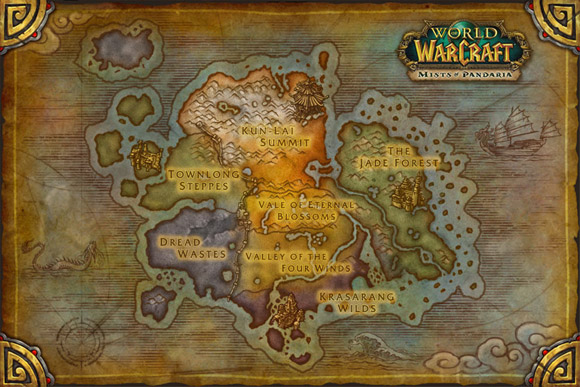
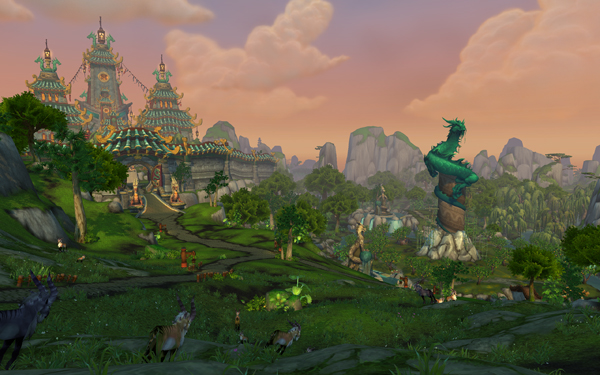
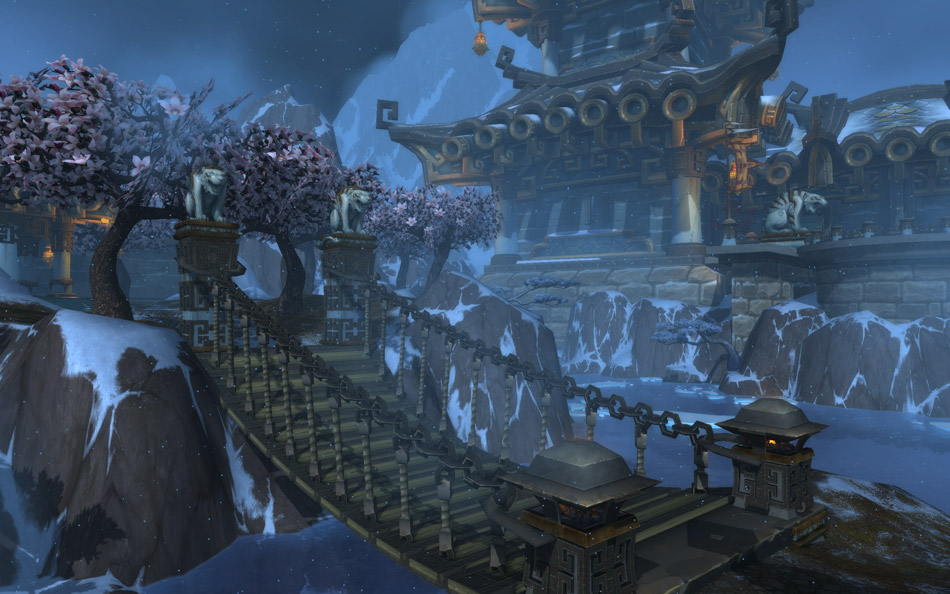
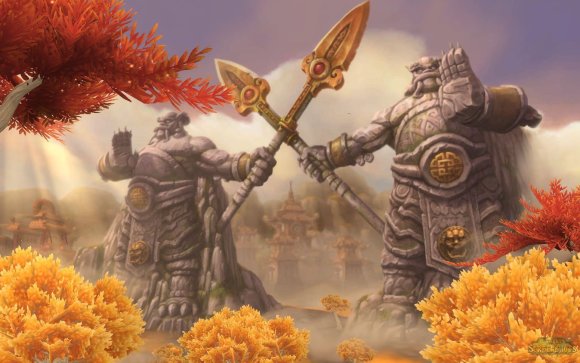







 I do also have to say that I don’t love the weird mixed race look of the Dothraki. The Khal is fine, but I would have just cast the rest as
I do also have to say that I don’t love the weird mixed race look of the Dothraki. The Khal is fine, but I would have just cast the rest as 















